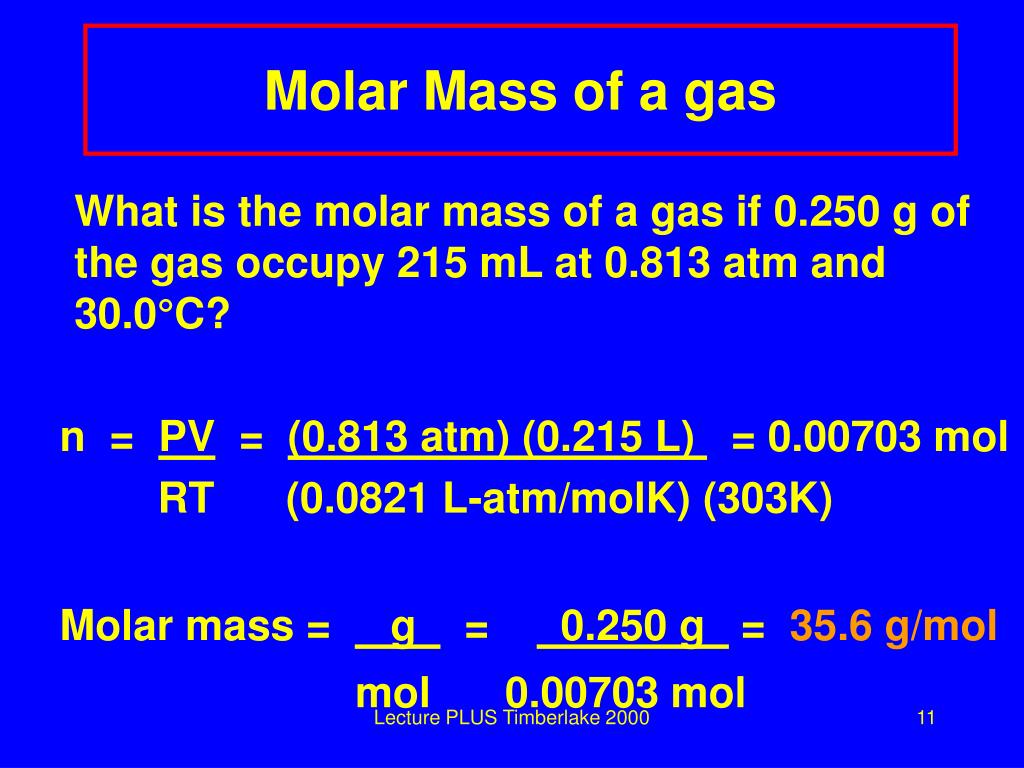
#Molar mass of o2 how to
The number in a mole is called Avogadro’s number : 6.022142 x 10 23, after the 19th-century Italian scientist who first proposed how to measure the number of molecules in a gas. Just as 1 mol of atoms contains 6.022 × 10 23 atoms, 1 mol of eggs contains 6.022 × 10 23 eggs. According to the most recent experimental measurements, this mass of carbon-12 contains 6.022142 × 10 23 atoms, but for most purposes 6.022 × 10 23 provides an adequate number of significant figures. The mole is used for this purpose.Ī mole is defined as the amount of a substance that contains the number of carbon atoms in exactly 12 g of isotopically pure carbon-12. Any readily measurable mass of an element or compound contains an extraordinarily large number of atoms, molecules, or ions, so an extraordinarily large numerical unit is needed to count them. Atoms are so small, however, that even 500 atoms are too small to see or measure by most common techniques. Sheets of printer paper are packaged in reams of 500, a seemingly large number. For example, cans of soda come in a six-pack, eggs are sold by the dozen (12), and pencils often come in a gross (12 dozen, or 144). Many familiar items are sold in numerical quantities that have unusual names. The quantity of a substance that contains the same number of units (e.g., atoms or molecules) as the number of carbon atoms in exactly 12 g of isotopically pure carbon-12., from the Latin moles, meaning “pile” or “heap” ( not from the small subterranean animal!). The unit that provides this link is the mole (mol).

To analyze the transformations that occur between individual atoms or molecules in a chemical reaction it is therefore absolutely essential for chemists to know how many atoms or molecules are contained in a measurable quantity in the laboratory-a given mass of sample. In the laboratory, for example, the masses of compounds and elements used by chemists typically range from milligrams to grams, while in industry, chemicals are bought and sold in kilograms and tons. Because the masses of individual atoms are so minuscule (on the order of 10 −23 g/atom), chemists do not measure the mass of individual atoms or molecules. The problem for Dalton and other early chemists was to discover the quantitative relationship between the number of atoms in a chemical substance and its mass.
#Molar mass of o2 series
We also described the law of multiple proportions, which states that the ratios of the masses of elements that form a series of compounds are small whole numbers. In Dalton’s theory each chemical compound has a particular combination of atoms and that the ratios of the numbers of atoms of the elements present are usually small whole numbers. The same calculation can also be done in a tabular format, which is especially helpful for more complex molecules:


Now we interpret the coefficients as referring to molar amounts, not individual molecules.\right ) \right ] \) We can leave out the word mol and not write the 1 coefficient (as is our habit), so the final form of the equation, still balanced, is But 6.022 × 10 23 is 1 mol, while 12.044 × 10 23 is 2 mol (and the number is written that way to make this more obvious), so we can simplify this version of the equation by writing it as These coefficients also have the ratio 2:1:2 (check it and see), so this equation is balanced.


 0 kommentar(er)
0 kommentar(er)
